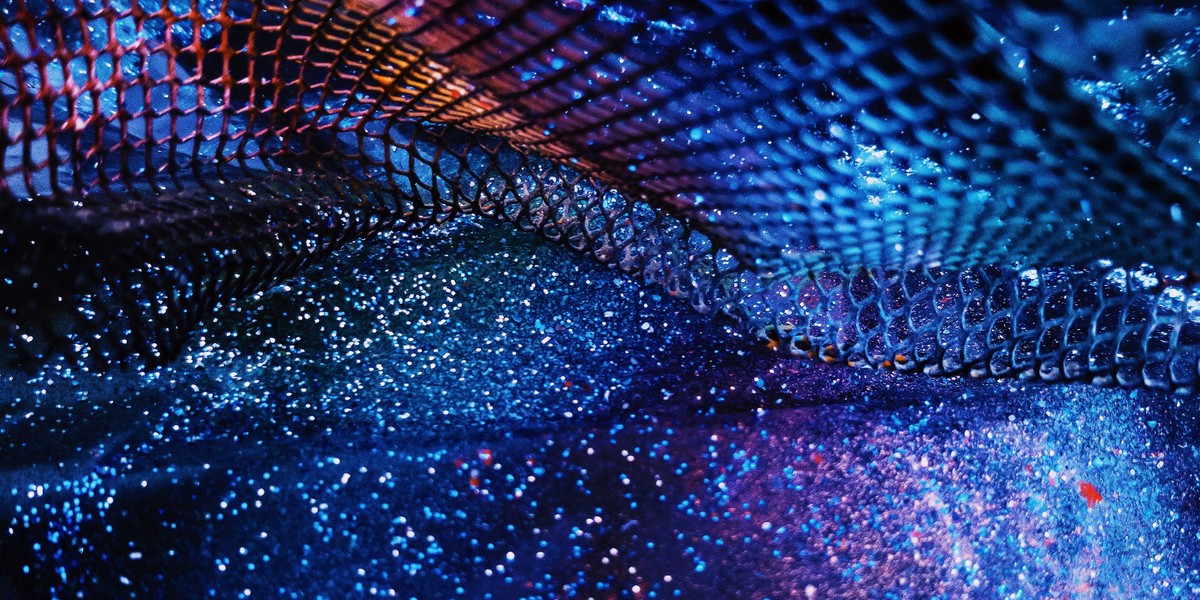
Online crime investigation: How the industry has changed
CameraForensics
15 January, 2021
Dave Ranner & Matt Burns

There’s no doubt 2020 has been a turbulent year for everyone and unfortunately 2021 is continuing this disruption, despite all our hopes.
We’re proud to see that despite this, the dedication of the many people in our industry – from law enforcement to technology providers – hasn’t wavered. There has been a joint recognition that the rapid increase in use of digital mediums for work and leisure could cause a major rise in digital crimes, and we along with many of our partners have continued to work against the work of criminals online.
In this article, we’d like to share some of the major developments that we’ve seen the past year and what our users and our partners can expect from us in the year to come.
User Experience Developments: Improving the user experience of our platform was a primary focus over 2020 and will continue into 2021. We worked very closely with a sample of our users to understand their frustrations, what improvements would benefit them and how we can make our tools easier to use. We’ve also worked with CameraForensics trainers to teach them to use our platform more effectively, so we can ultimately support more investigators.
International R&D: We have continued to work with a number of international stakeholders over 2020, developing new technologies to help our users find new leads on unsolved cases.
Exif Extractor: This tool was launched to help investigators extract pertinent information more easily and provides quick and straightforward access to the CameraForenics BigSearch functionality, giving investigators fast access to useful intelligence.
PhotoDNA: We have had PhotoDNA search on our site for finding duplicate images for a while. This year we improved the performance of this functionality and made it an integrated element of the search function on our platform. It can now be combined with our other search filters. It’s taken a lot of work, but we are proud to say that we are now seeing subsecond search performance across over 3 billion PhotoDNA hashes
Partnerships: Being unable to travel has made building and maintaining our friendships at home and abroad a very different proposition. We have virtually attended a number of excellent events throughout 2020. Some of the stand-outs have been Netclean’s Brighthood conference, and events organised by the SafetyTech Innovation Network and the WePROTECT Global Alliance, both of which we have partnered with to become part of their strong community networks.
Paliscope Integration: The CameraForensics platform was integrated with Paliscope’s Discovry tool and made available to all Discovry users. We love working with Safer Society Group, Griffeye and Paliscope teams, and hope to do a lot more together in 2021.
Learning Management System (LMS): Our online training system was released to provide additional support to our users, providing online training courses and tasks and engaging with user feedback. We’ve received some very positive feedback on the course material, and we plan to build on this resource during 2021 with the hope that it will become an essential go-to resource for our users.
Queen’s Award: We’re proud to say we received the Queen’s Award for Enterprise: Innovation in 2020, for our work helping law enforcement detect and prevent online crime, particularly CSE.
We have already established several R&D focuses for 2021, including the development of new capabilities, integrations, unique techniques, and more robust functionality for our users.
Ocean Integration: CameraForensics will be integrated into the Ocean system in 2021, giving a more seamless connection with National databases and allowing investigators very quick and easy access to new intelligence.
Video Technology: We are taking a bigger step towards video in 2021, including working with video, streaming content, and other digital media beyond imagery. One project in particular involves helping our partners develop machine learning classifiers for these content formats.
Web Crawling: Our team continuously works with StormCrawler to create more efficient and faster ways of crawling the internet and processing vast amounts of images and extracting the most useful information in a scalable fashion. It helps that we managed to persuade Julien Nioche, the brains behind StormCrawler, to join the CameraForensics team in 2019!
Mining Exif and Other Metadata: We continuously expand our database of imagery, using it to search for new fields of interest and allowing our users to search these parameters, giving more ways of making connections between images. We are also fortunate that a number of our users keep us informed of any exciting insights that they have in this area.
As we all know – the work is never over. We, along with many others in the industry, are already looking ahead to what challenges may arise and what investigators may need in the coming years. Here are some of the most significant things we think will be important for us, our partners, and others in the industry in the coming years:
PhotoDNA
For many organisations, such as Facebook, the EU’s ePrivacy Directive will have major impacts for their future approach to CSE detection, investigation, and prevention. The way they are allowed to use PhotoDNA technology has completely changed. We will be closely watching these developments and helping where we can, in the hope investigators can find a way to overcome this barrier.
Artificial Intelligence
AI is, and has been, at the forefront of everybody’s minds when it comes to innovation. However, exciting a prospect this technology might be, organisations need to be careful not to give it sole focus. There are also many practical solutions to prominent problems that people need right now.
Unifying of Datasets
This is an extremely valuable approach for tech developers that will always be important for online investigations. By building greater integration and unification between global and inter-organisational datasets, we open the door to more lines of intelligence and greater data assets. Combining sources can bring together the ‘pieces of a jigsaw’ that can solve a case.
Are you interested in digital image forensics R&D? We’d love to talk to you, just get in touch.